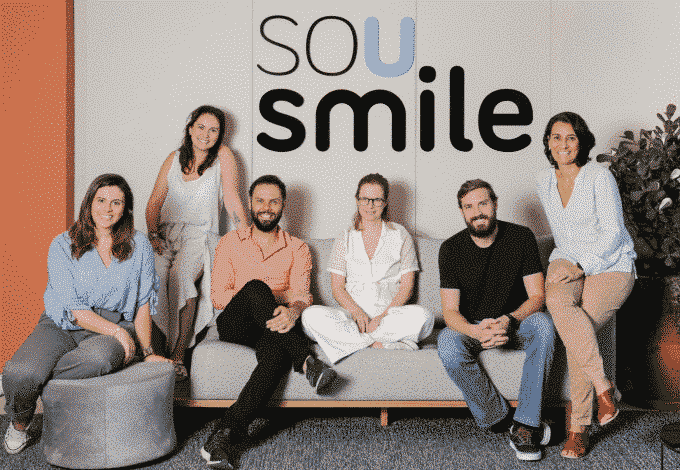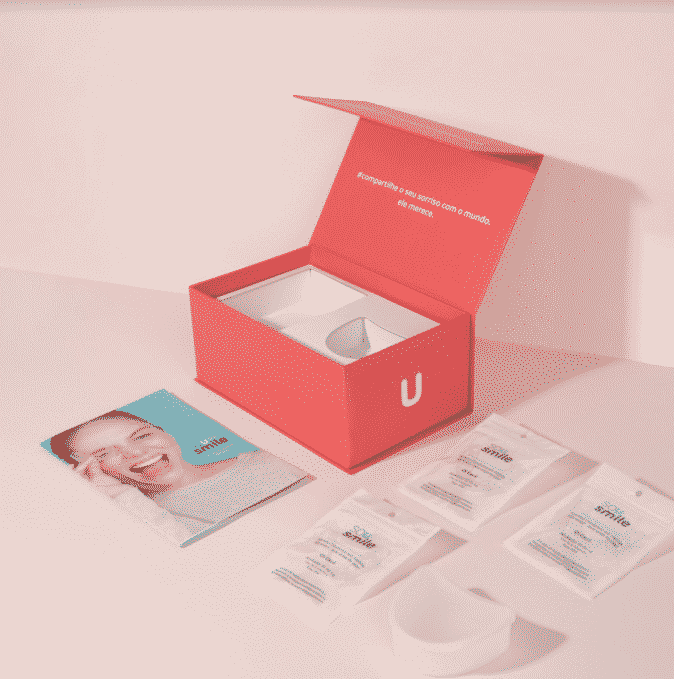SouSmile, a direct to client dental company, has raised $10M in Series A financing from numerous private investors, such as Kaszek Ventures International Founders Capital and Canary. The recently secured funding attracts the São Paulo-based firm’s total financing to $11.4M.
The startup, which is two years old, will probably use the investment to cultivate its aligner brand, which uses 3D technology to tailor each aligner. The company has opened five retail shops across Rio and São Paulo.
The simple access procedure of SouSmile involves an evaluation by a licensed dentist utilizing a panoramic X-ray, a 3D scan and finally, a clinical exam.
Then, with the approval from the company, clients are cleared for therapy.
The follow-up procedure requires clients to attend bi-monthly appointments, tracking the progress, sometimes making adjustments if needed.
The entire process takes between 3 to 9 months and costs roughly $1,000, which will be approximately 60% cheaper than their competitors can provide, according to co-founder Michael Ruah.
The company has only 100 employees, including 50 dentists and 6 co-founding members.
The co-founders think since most of the clients are obtained through their physical retail shops, their earning is going to suffer a loss on account of the coronavirus that becomes a worldwide pandemic.
As it supported over 10,000 reservations in the last year, the provider is convinced that it will flourish in the future.
Ruah said Brazil has over two million orthodontic cases each year, which may be attributed to its population of over 211 million.
Nonetheless, invisible aligners’ penetration is less than 2% in Brazil as a result of low incomes and high prices, while there is a penetration of 40% in the US.
Ruah emphasizes Brazil is a suitable marketplace for the dental products on account of the nation’s attractive dental health culture, and they will eventually grab the market share in the worldwide.
He said, “Brazilians brush their teeth three times a day. They’ll go out for lunch, they’ll come back to the office and brush their teeth. Everybody has their toothbrush and toothpaste with them all the time.”
While 3D scanning has been used to design aligners, there are also firms using 3D printing at the manufacturing procedure.
For example, Structo, a 3D printer OEM with its DentaForm 3D printer to enhance the creation of aligners.
Elsewhere, in the US, orthodontics company Candid Co 3D prints dental aligners for their clients with the service from a lab.


